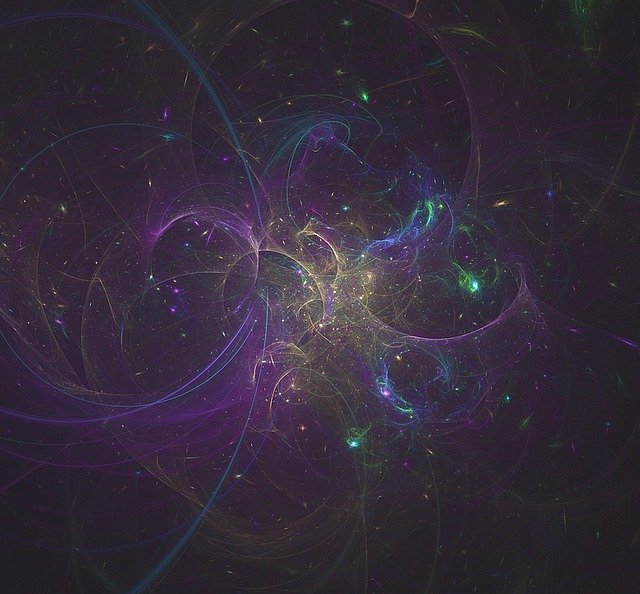Matter and antimatter are the main constituents of universe and were created together in equal amounts with opposite electric charges during the Big Bang but the the world we live in is made only of matter. All that exists around us, everything we can see or touch, is matter. It could be as small as an electron to as large as the sun around which our Earth revolves. All of it is matter, and as per our knowledge of science, every particle of matter has an equal measure of antimatter.
When matter and antimatter particles come into contact, they annihilate each other leaving behind a massive amount of energy. We can see the matter but science has strongly established the existence of antimatter (in its invisible form) or dark matter all around us in the universe. Scientists say that matter comprises just 4.9 per cent of the universe, while dark matter/antimatter takes up 26.8 per cent, and dark energy makes for the remaining 68.3 per cent. Antimatter is created every day in experiments and even by natural processes such as lightning, but it is quickly annihilated in collisions with regular matter. Predictions show that our understanding of the matter content of the Universe is off by nine orders of magnitude, and no one knows why the asymmetry exists. Physicists at CERN, the massive underground particle research lab in Europe, have revealed that they have created an antimatter particle in the lab as a part of the ALPHA experiment. The scientists have created an atom of 'antihydrogen' and have been observing it in order to solve one of the biggest mysteries of science. The main target of the scientists is to discover whether matter and antimatter particle behave in the same way. Noting even a tiny difference in behaviour might help us explain the lack of antimatter particles in the universe.
Conversion of matter into energy is well explained scientifically but conversion of matter into antimatter and vice-versa is not well understood yet. The Latin phrase "creatio ex nihilo" means "creation out of nothing," and it's largely the domain of theology, philosophy and mythology for a reason: the first law of thermodynamics, which is actually a conservation of energy equation. The gist of that equation, as you no doubt remember, is that energy can neither be created nor destroyed. To manufacture matter in a way that adheres to the first law of thermodynamics, you have to convert energy into matter. This conversion occurred on a cosmic scale about 13 billion years ago. The big bang consisted entirely of energy. Matter only came into being as rapid cooling occurred. In the lab, creating matter entails a reaction called pair production, so called because it converts a photon into a pair of particles: one matter, one antimatter (the reverse of the matter-antimatter annihilation we just mentioned). Brookhaven National Lab, the European Organization for Nuclear Research (CERN) and Fermilab have all generated this reaction by firing a photon into a heavy atomic nucleus. The nucleus shares the energy and allows the photon to disintegrate into an electron and a positron, the antimatter opposite of an electron. The positron inevitably turns back into a photon when it collides with an electron. So, humans can manufacture matter but can't create something out of nothing.
From human observation, it can be said that antimatter doesn't really exist except for when it is created by specialized places like the CERN and that too for a temporary period, or when it is rarely produced in some high-energy instances like cosmic rays. Some scientists believe that the "missing" antimatter does exist and it forms antigalaxies made from antistars and antiplanets which we have not observed yet. However, the Indian mythology is full of stories about converting of antimatter into matter by people with high spiritual powers. Scientists have also found that a subatomic particle to switch between matter and antimatter. According to the team of physicists, a quirky type of subatomic particle known as the charm meson has the seemingly magical ability to switch states between matter and antimatter (and back again). Oxford researchers, using data from the second run of the Large Hadron Collider (LHC)-a particle accelerator at the Switzerland-based European Organization for Nuclear Research (known internationally as CERN)-made the determination by taking extremely precise measurements of the masses of two particles: the charm meson in both its particle and antiparticle states. This breakthrough in quantum physics is as heady as it sounds. A charm meson particle, after all, can exist in a state where it is both itself and its evil twin (the antiparticle version) at once. This state is known as "quantum superposition," and it's at the heart of the famous Schrödinger's Cat thought experiment. According to physicists, there is an imbalance in matter and antimatter collisions in our world, and the answer to that mystery could lie in the incomprehensibly small oscillations of particles like the charm meson. Now, scientists want to understand if the rate of transition from particle to antiparticle is the same as the rate of transition from antiparticle to particle.
